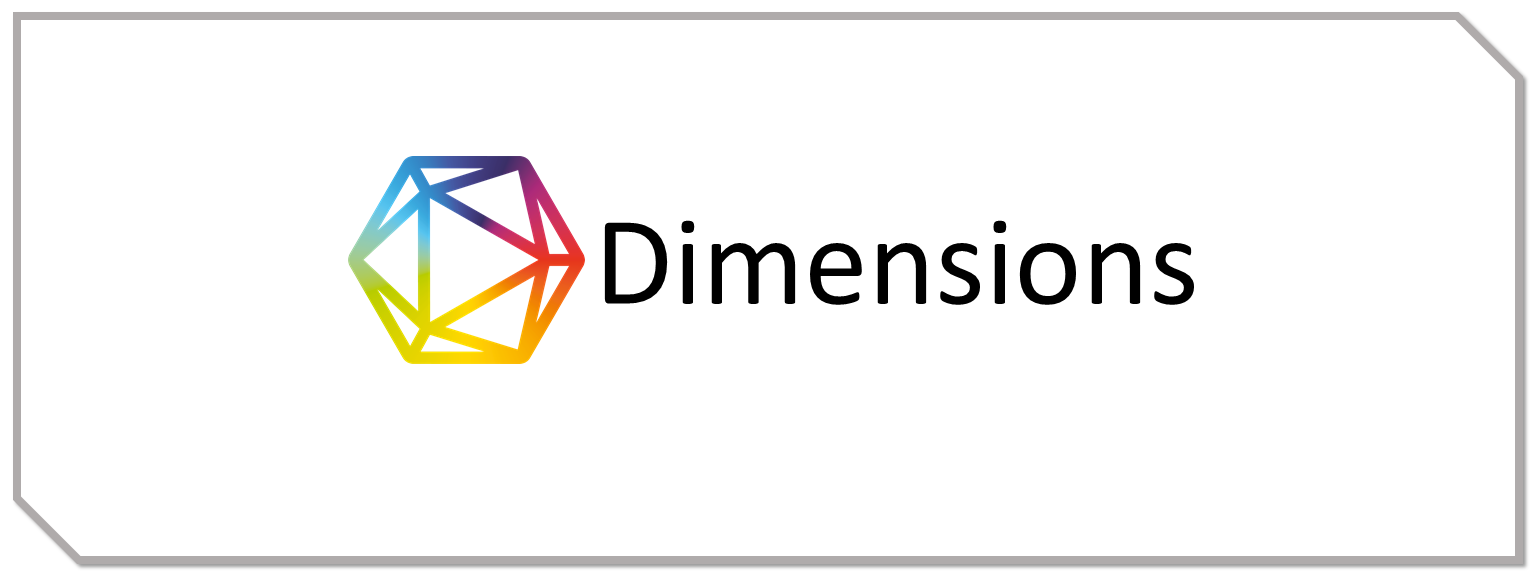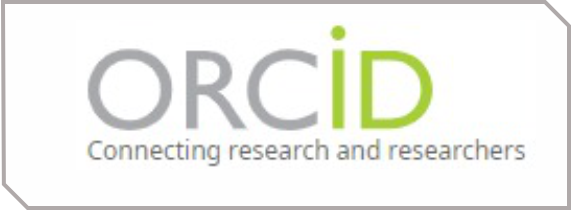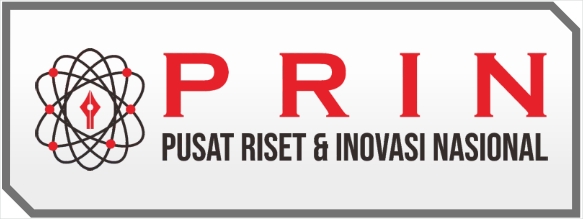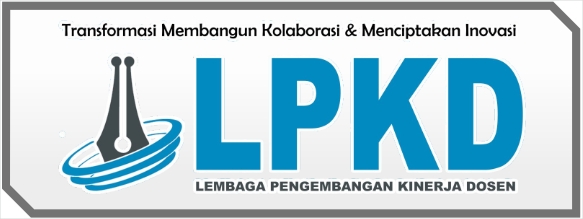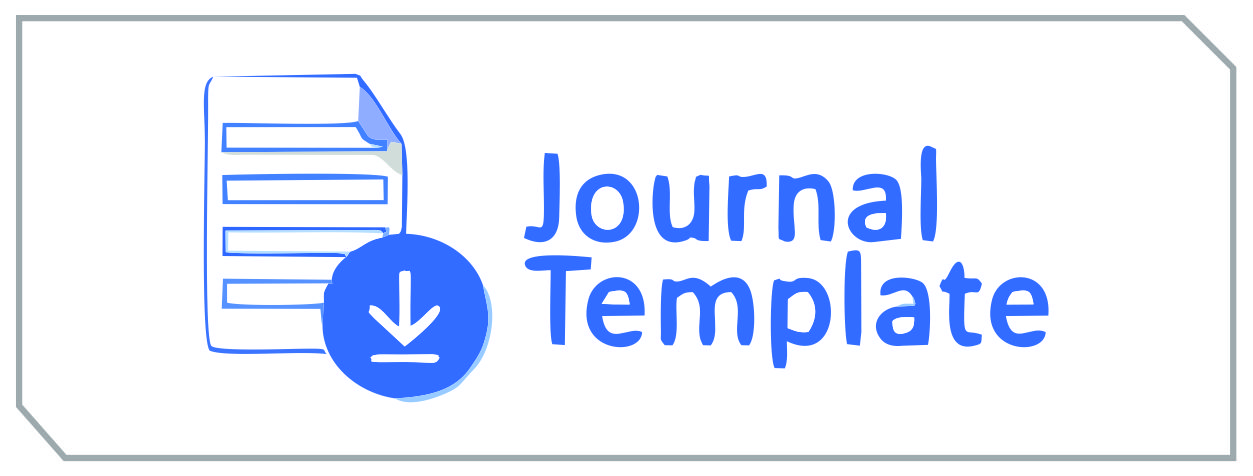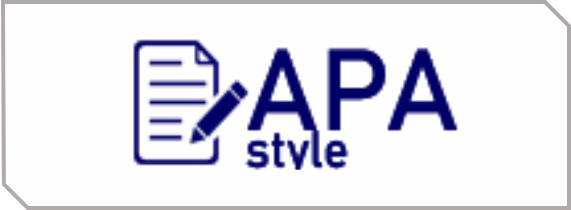Penerapan Terapi Dzikir Untuk Menurunkan Tekanan Darah Pada Pasien Stroke Akut Di HCU Neuro Anggrek 2 RSUD Dr. Moewardi Surakarta
DOI:
https://doi.org/10.55606/jurrikes.v2i2.1717Keywords:
Acute Stroke, Hypertension, Dhikr TherapyAbstract
Background:Nearly 70-94% of acute stroke patients experience increased blood pressure (hypertension). Hypertension is the main triggering factor for the occurrence of strokes, both hemorrhagic and ischemic strokes, one way is to provide non-pharmacological therapy with dhikr relaxation (remembrance of Allah). Objective: to find out the application of dhikr therapy to reduce blood pressure in acute stroke patients at HCU Neuro Anggrek 2 RSUD Dr. Moewardi Surakarta. Method: the application of this journal uses a descriptive method with a case study approach to 2 respondents according to the inclusion and exclusion criteria, the independent variable of the research is dhikr therapy, namely therapy that is carried out by reminding respondents to Allah SWT through recordings of reading recitation sentences, by adjusting the position of the respondent first first, namely supine position with head elevation of 30o, then listen to the recorded dhikr sentences using hands-free to the respondent 3 times a day for 10 minutes for 3 days. Results: Based on the results of the application that has been carried out, there is a decrease in blood pressure before and after the dhikr relaxation therapy is performed. Conclusion: There is a decrease in blood pressure before and after the application of dhikr from first degree hypertension to prehypertension.
References
Aini, L. (2020). Pengaruh Terapi Relaksasi Dzikir Terhadap Penurunan Tekanan Darah Pada Penderita Hipertensi. Jurnal Kesehatan : Jurnal Ilmiah Multi Sciences, 10(01), 38–45. https://doi.org/10.52395/jkjims.v10i01.304
American Heart Association., A. H. (2021). Heart Disease & Stroke Statistical Update Fact Sheet Global Burden of Disease High Blood Cholesterol and Other Lipids.
Djafar, M. &. (2021). Promosi Kesehatan: Penyebab Terjadinya Hipertensi.
Fadli, F., Resky, R.,& Sastria, A. (2019). Pengaruh Terapi Dzikir terhadap Intensitas Nyeri padaPasienGastritis.JurnalKesehatan,10(2),169. https://doi.org/10.26630/jk.v10i2.1192
Faradilah, N., & Saktiwirotomo, T. (2022). The Application of Dhikr Meditation Therapy for Lowering Blood Pressure in Hypertensive Patients Penerapan Terapi Meditasi Dzikir Terhadap Penurunan Tekanan Darah Pada Pasien Hipertensi. 658–664.
Hendri Budi, H. (2021). Pengaruh zikir terhadap penurunan tekanan darah pada pasien. 16(1), 151–161.
Irianti, C.H., Antara, A. N., & Jati, M. A. S. (2021). Hubungan Tingkat Pengetahuan Tentang Hipertensi dengan Tindakan Pencegahan Hipertensi di BPSTW Budi Luhur Bantul. Jurnal Riset Daerah, 21(3). https://ojs.bantulkab.go.id/index.php/jrd/article/view/56
Kemenkes. (2019). Kementrian Kesehatan Republik Indonesia.
Khumairo, A., Azizah, N., & Stroke, P. (2022). Efek Terapi Zikir Pada Pasien Stroke Di Rumah Sakit Islam Metro. 01, 59–70.
Mahdiatur Rasyida, Z., Elsa Silviani, N., Mildawati, R., & Retno Puspitosari, D. (2023). Dukungan Psikososial Terhadap Beban Keluarga Pengasuh Pasien Stroke. JURNAL PIKes Penelitian Ilmu Kesehatan, 4(1), 26–34.
Musa, E. C. (2022). Status Gizi Penderita Hipertensi di Wilayah Kerja Puskesmas Kinilow Tomohon.Sam Ratulangi Journal of Public Health,2(2),060. https://doi.org/10.35801/srjoph.v2i2.38641
Nabila, S. N. (2020). Perbedaan Status Gizi Pasien Stroke Iskemik dan Stroke Hemoragik di RSUP Fatmawati Tahun 2018. Seminar Nasional Kedokteran, 86–92.
Puspitasari, P. N. (2020). Hubungan Hipertensi Terhadap Kejadian Stroke. Jurnal Ilmiah Kesehatan Sandi Husada, 12(2), 922–926. https://doi.org/10.35816/jiskh.v12i2.435
Razdiq, Z. M., & Imran, Y. (2020). Hubungan antara tekanan darah dengan keparahan stroke menggunakan National Institute Health Stroke Scale. Jurnal Biomedika Dan Kesehatan, 3(1), 15–20. https://doi.org/10.18051/jbiomedkes.2020.v3.15-20
Sayed, S. A. El. (2018). Effect Meditation And Jow Relaxation On Postoperative Pain. Anxiety And Physiologic Of Patients Undergoing.
Semarang, D. K. K. (2018). Data Prevalensi Stroke Di Semarang.
Setiyani, N. F. (2018). Pengaruh Relaksasi Dzikir Terhadap Tingkat Kecemasan Pada Lansia Hipertensi.
Setyaningrum, N., Badi’ah, A., & Badi’ah, A. (2018). Efektivitas progressive muscle relaxation dengan zikir terhadap penurunan tekanan darah dan penurunan tingkat stres pada penderita hipertensi. Medisains, 16(1), 8. https://doi.org/10.30595/medisains.v16i1.1400
Suwaryo, P. A. W., Widodo, W. T., & Setianingsih, E. (2019). The Risk Factors That Influence the Incidence of Stroke. LPPM Sekolah Tinggi Ilmu Kesehatan Kendal, 11(4), 251–260.
Wicaksana, I., Wati, A., & Muhartomo, H. (2017). Perbedaan Jenis Kelamin Sebagai Faktor Risiko Terhadap Keluaran Klinis Pasien Stroke Iskemik. Diponegoro Medical Journal, 6(2), 655–662.
Zainuddin, R., Aliwu, A. F., Rachmawaty, R., & Syam, Y. (2018). Efektivitas Progressive Muscle Relaxation terhadap Tekanan Darah pada Penyakit Hipertensi. Strada Jurnal Ilmiah Kesehatan, 7(2), 42–46. https://doi.org/10.30994/sjik.v7i2.169
Downloads
Published
How to Cite
Issue
Section
License
Copyright (c) 2023 Faridha Sholikhah Ahyari, Fida’ Husain, Isti Haniyatun Khasanah

This work is licensed under a Creative Commons Attribution-ShareAlike 4.0 International License.







